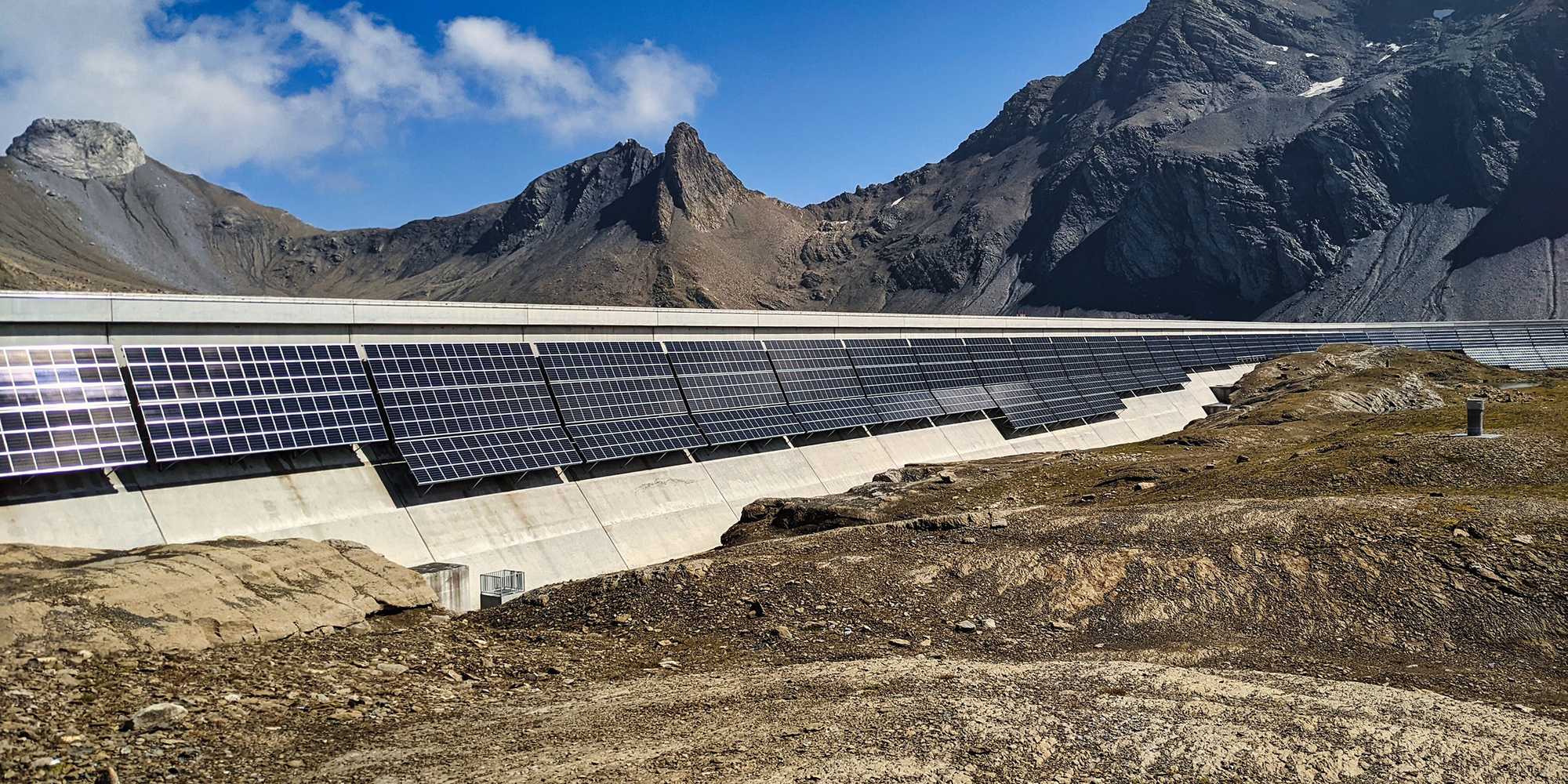Green Energy: A multi-trillion-dollar market
It is still possible to keep global warming below 1.5°C by 2050. However, investments in clean environmental technologies would have to increase from USD 1.75 to 4.5 trillion by 2030.

The plan is to prevent global warming from exceeding 1.5°C by 2050. This is the stated goal of the 2015 Paris Climate Agreement, which has now been ratified by the vast majority of countries. If the 1.5°C limit is exceeded, the consequences of climate change could become uncontrollable. Two milestones must be achieved. Firstly, a cut in global energy-related greenhouse gas emissions to 23 gigatonnes by 2030 from around 37 gigatonnes (2021 survey). Secondly, we must reach net zero by 2050. This means that no more greenhouse gases can be emitted than natural and technical CO2 sinks can store.
To accomplish these milestones, according to the International Energy Agency (IEA), investments in clean environmental technologies or "green energy" are necessary, which must increase from USD 1.75 trillion in 2023 to USD 4.5 trillion (or USD 4,500 billion) by 2030. Investments would therefore have to grow by 15 percent per year. This roadmap allows investments in fossil fuels to be halved without jeopardising energy security.
Historical investments in energy compared to demand in the IEA scenarios for 2030

The IEA calls this scenario "NZE" or Net Zero Emissions. Only the NZE scenario leads to net zero emissions in 2050 and is compatible with the 1.5°C climate target (see following chart).
Development of energy-related CO2 emissions according to the three core scenarios (STEPS, APS, NZE)

The IEA has prepared two further, less ambitious scenarios:
The Announced Pledges Scenario (APS) assumes that all those states that have announced net zero greenhouse gas emissions targets will also implement them properly and start consistently this decade. Under these assumptions, investments are required in clean environmental technologies in the amount of USD 3.2 trillion by 2030. This corresponds to annual growth of around 9 percent. Investments in fossil fuels may fall by around 30 percent by 2030.
According to the IEA, a planned implementation of the APS scenario would reduce global greenhouse gas emissions by around 70 percent to 12 gigatonnes by 2050 (see Figure 2). The global average temperature increase in 2100 would increase to around 1.7°C.
The Stated Policies Scenario (STEPS) assumes that the current global climate protection policies will be maintained. Investments in clean environmental technologies would then be estimated at USD 2.15 trillion, which would correspond to annual growth of three percent and thus roughly the same as global economic growth. Investments in fossil fuels remain unchanged in this scenario at around USD 1 trillion.
In the STEPS scenario, global greenhouse gas emissions would simply fall by 13 percent by 2050. This would result in an increase in global average temperatures by around 2.5°C by 2100.
Environmental technologies on course for growth
Investments in clean environmental technologies (wind energy, solar energy, heat pumps, electrical mobility, etc.) will grow by 2030, regardless of the three scenarios described.
If the 1.5°C climate protection target is consistently pursued (NZE scenario), this will even lead to growth of over 15 percent by 2030 across all clean environmental technologies or to additional investments of USD 2.7 trillion. Even the STEPS scenario would lead to growth, but not to above-average growth compared to the global economy.
Separating the wheat from the chaff
One thing is certain, the provision and further development of green energy is a mega-trend. This is also being pushed forward because the levelised cost of energy based on wind and sun, for example, is often cheaper today than traditional electricity generation from coal, gas or nuclear power. These cost advantages compared to fossil fuel-based electricity are likely to increase further as renewable energies become increasingly cheaper and CO2 is priced in many countries.
Investors must ask themselves the following question: How much will the global community accelerate efforts in climate protection in the coming years? Depending on the scenario that occurs, the growth potential for the various environmental technologies changes.
In addition, investment decisions should be made in consultation with sound company-specific fundamental analyses. After all, not every company operating in the environmental technology sector is pursuing a profitable growth path. The decisive factor is whether the return on investment is greater in the medium term than the cost of capital.


